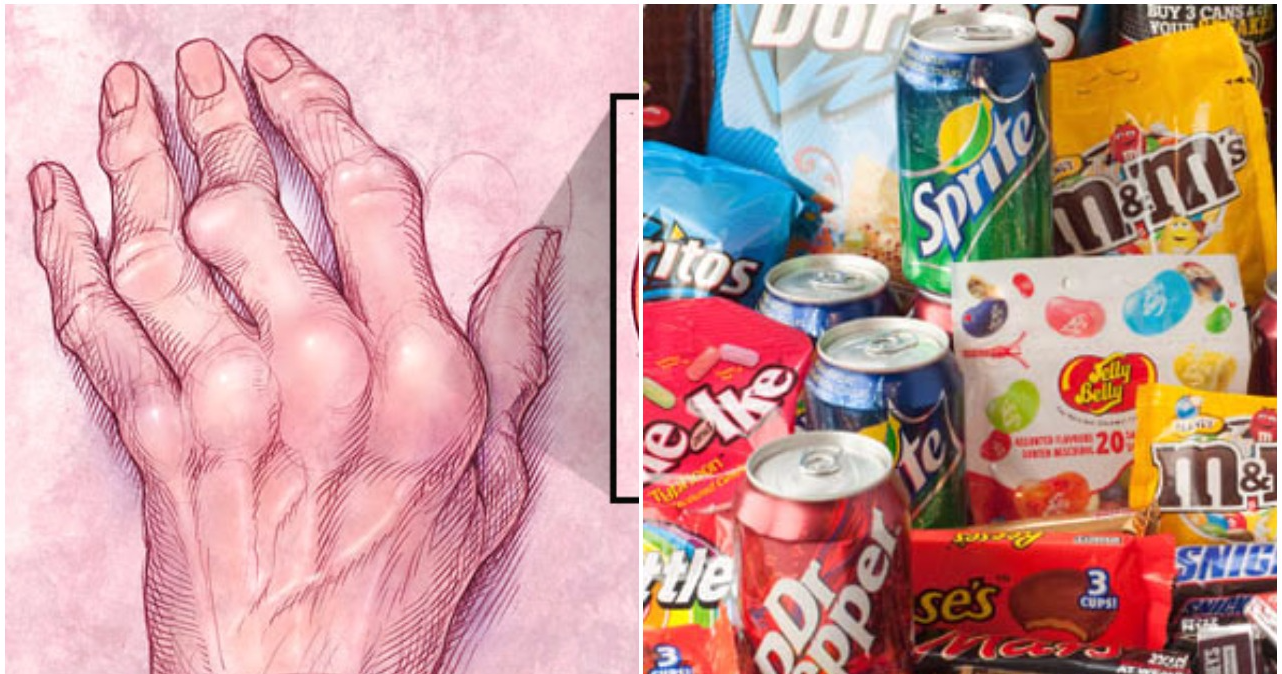Vehicle recycling has experienced a surge in popularity over the last few years. While the auto recycling industry has been around for decades, the increased popularity in recent years is due to more people embracing the green movement. Auto recycling companies use the available steel to produce plenty of new vehicles every year. Perhaps you're interested in learning more information about the process. Here's an overview of how auto recycling works.
Clearing the Engine
The first step in the auto recycling process is removing engine fluids from the vehicles. This process ensures that the vehicles are disposed of safely. Some junkyards remove engine fluids before putting used parts on the market. Removing engine fluids helps the recycling process run smoothly because it prevents people from inhaling toxic chemicals and also reduces the likelihood of a potential fire occurring.
Locating Parts in Good Condition
Junkyard workers look over the vehicles to find useable parts that are still in good condition. Most auto recycling companies prefer this method because it saves them time from breaking down the vehicle to locate scraps. If you like going to the junkyard to find used parts, then you may find a good deal on parts that the auto recycling company is not interested in keeping. Be aware though, that some parts of a vehicle can't be recycled. Analysts note that around 25% of vehicle car parts are not recyclable and are classified as auto shredder residue.
Recycling Tires
People recycle tires to make powder out of rubber, while also creating turf. Car and Driver notes that you should rotate your tires every 4,000 miles or whenever you have your oil changed. This ensures that your tires remain in good condition to potentially be recycled.
Processing plants remove the steel wires located inside tires. The tires are then split into pieces using a machine or a hammer mill. The next step is the screening process. The screening process involves people checking to make sure none of the toxic chemicals are still spreading. The rubber is cleaned using water and other substances. At this point, the tires are ready to be repackaged and used for their new purpose.
Inspecting the Frame
People will check the vehicle to make sure that all the good parts have been taken out, as well as the non-recyclable items. Once everything is in order, a vehicle shredder will break down the remaining scraps into fragments.
Recycling Auto Glass
Recycling auto glass is eco-friendly. Many people believe that the recycling process is complex because most auto glass on modern vehicles is laminated. Laminated glass is strengthened using a polyvinyl solution. The polyvinyl solution prevents most windshields from being destroyed in an accident. Glass.com notes that most windshield cracks longer than a foot cause the glass to be replaced.
When windshields are recycled, they're completely shattered to separate the polyvinyl. The glass is extracted and made into a cullet. The recycled glass is used as asphalt and concrete. Many artists used recycled glass to make bottles and bowls. The leftover polyvinyl is used as adhesive. Since the recycling process is somewhat complex, many glass companies partner with laminated recyclers to handle the process.
Merging Metals
Recyclers take the scraps and merge them with other medals. This starts the process of creating a new automobile frame. Once the metals have merged, auto manufacturers install the car frames in new vehicles. Most manufacturers prefer using recycled metal because it's cheaper than purchasing new metal and also reduces the spread of toxic chemicals at plants.
If you're one of many people interested in joining the vehicle recycling movement, you're supporting a good cause. Auto recycling helps protect the environment by minimizing the spread of pollutants and harmful toxins.

